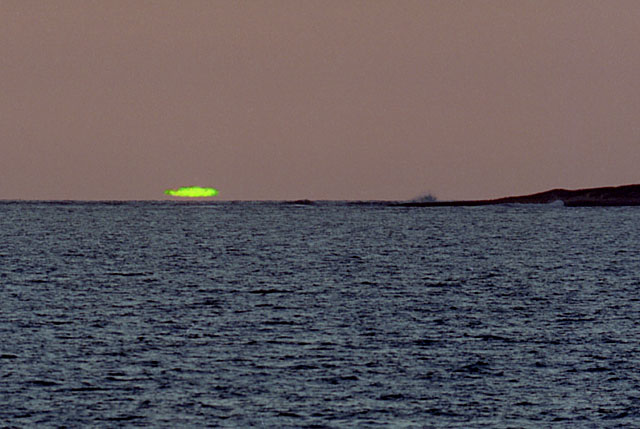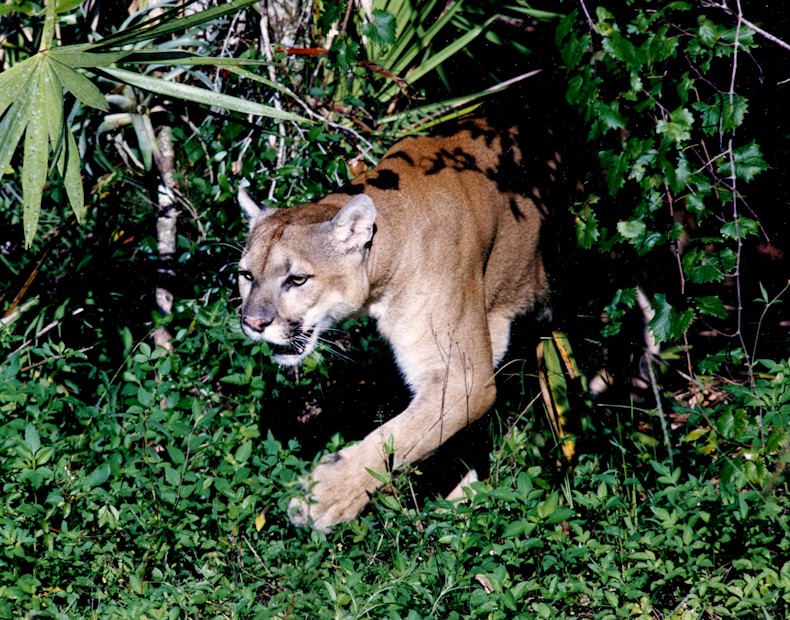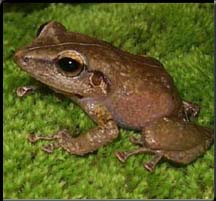 Green Flash on the western horizon of Madagascar
Green Flash on the western horizon of Madagascar A green Flash occurs during a sunset (or sunrise), and i knew that they occurred off of the cost on the Kona side of the island. So i was wondering what causes them? and how can I find the right conditions to see one?
 Green Flash off the coast of Hawaii
Green Flash off the coast of Hawaii Causes of the Flash
The green flash is caused from the sun's light being bent in the atmosphere, (this also causes the sky to appear blue) only in the few seconds of maximum length between you and the sun as its mostly beyond the horizon causes the spectrum to be bent in a green hue (usually, it can also appear to be blue, yellow, and even violet) for anywhere from half a second to up to 15 seconds, which is why it's described as a flash.
Seeing the Flash has a few rules
- Your apparent horizon must be lower than your eye level (which is why the ocean is the perfect requirement although not necessary)
- The Air MUST be reasonably clean. If there is too much dust, smog, or haze than the light from the sun wont refract properly and you will just see a normal sunset.
- Because the flash is quite small, (especially if you have never seen it before) some kind of aid will be necessary, such as binoculars, zoom camera lens, opera glasses, etc. But Remember: if the sun isn't comfortable to look at DON'T! you will hurt your eyes. so sunglasses are also a good idea, and they really don't diminish your chances of seeing it.
Intro To Green Flashes
Wikipedia






